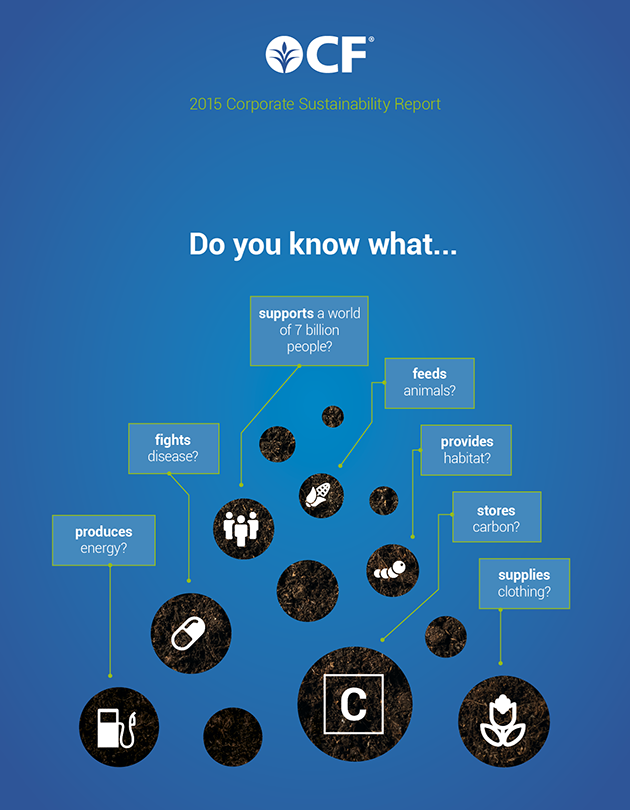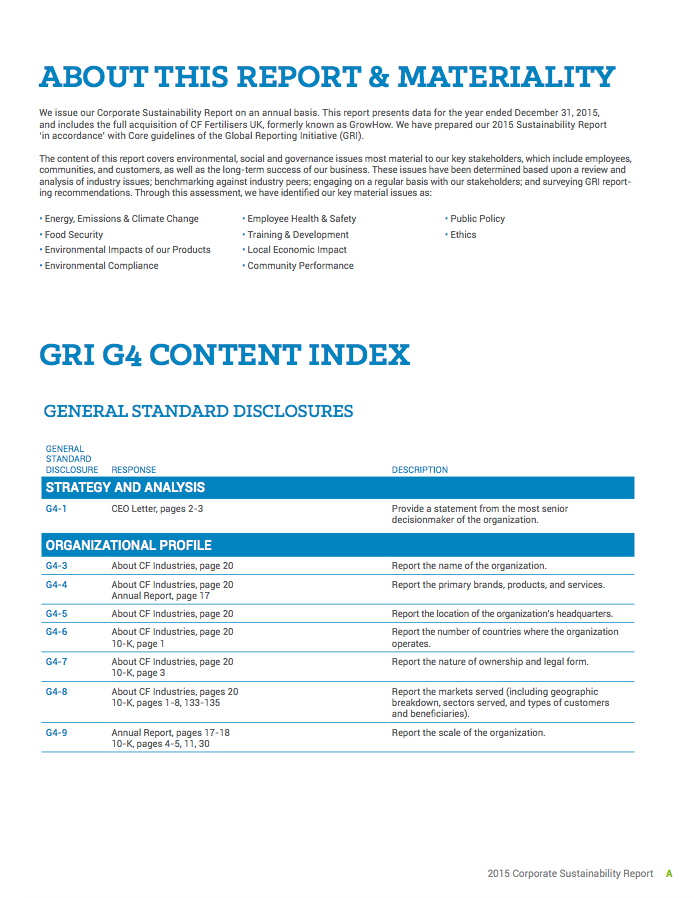People are dependent upon healthy soil, and healthy soil is dependent upon people — that’s our approach to nutrient stewardship.

The entrance of Ames High School Prairie, a two-acre remnant prairie that The Nature Conservancy has been managing and restoring for nearly 50 years. ©The Nature Conservancy (Liz Georges)
Soil with the right mix of nutrients plays a critical role in feeding 7 billion people around the world. With the world’s population projected to reach 9 billion by 2050, food security will require boosting agricultural production — or yield per acre — through farmers’ effective use of crop nutrients. By effective, we mean applying fertilizer in the most efficient manner possible to maximize harvests, while minimizing negative impacts on air and water quality. Achieving that balance, however, is not always easy for farmers.
In North America, our internal agronomy experts work closely with our wholesale customers to advise them on best practices to share with their farmer customers. In the U.K., we work directly with farmers, offering soil analysis, fertilizer planning and other services. In both cases, we are committed to effective nutrient stewardship through the entire lifecycle of our products, from their manufacture to their end use by farmers. This commitment involves a multidimensional approach, and we are pursuing multiple programs to unlock the full potential of nutrients to maximize agricultural productivity in an environ-mentally responsible manner.
4R Nutrient Stewardship
“The goal of the multi-year partnership is to deliver a meaningful improvement in water quality — not just in Iowa, but also across North America, as we lessen the impact of nutrient runoff.”
– Tony Will
Properly used, fertilizers support soil health by replacing essential nutrients removed in harvested crops, improving soil microbial activity and helping maintain soil organic matter. As a partner in the industry’s 4R Nutrient Stewardship Program, we encourage farmers to use the right fertilizer, at the right rate, at the right time, and in the right place to maximize nutrient benefits and prevent potentially detrimental impacts. These practices enable farmers to produce more food while helping to reduce soil erosion, nutrient runoff, air emissions and the amount of energy used per harvested unit of farm production.
In early 2016, we joined with The Nature Conservancy to further advance these sustainable agricultural practices in Iowa. A substantial grant from CF will fund a “4R Plus” campaign to empower Iowa farmers with tools to implement various conservation practices, including the 4R fertilizer application principles, cover crops, bioreactors and oxbow wetlands.1
1 Oxbow wetlands, which can either be natural or man-made,originate as curves in rivers that are eventually separated as the river finds a shorter, more direct route.







